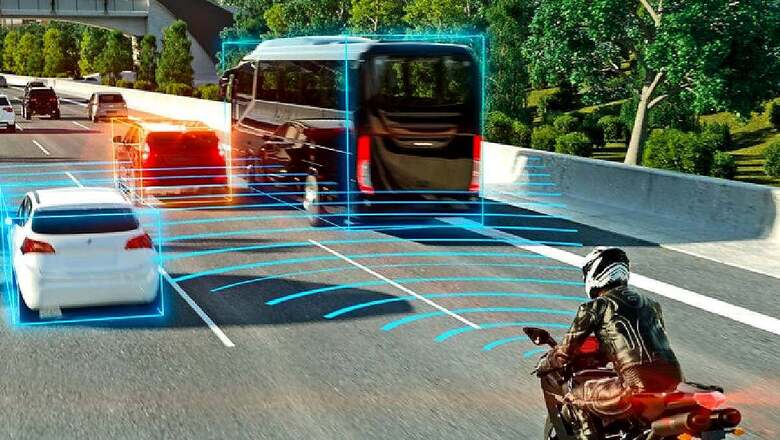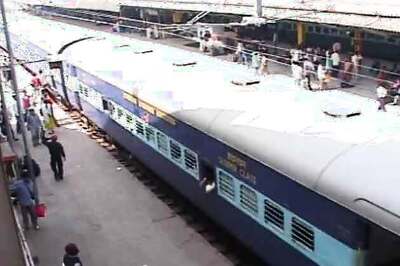
views
In the modern era of technological advancements, the concern for road safety has been constantly increasing especially in India.
To cater to human safety, brands have to constantly evolve their vehicles and adhere to the new regulations set by the law. While the four-wheeler segment has constantly been refreshed and innovated, the two-wheelers have often lagged when it comes to safety features.
However, Continental, a global technology company, has been touted to bring a change in this department by providing an advanced rider assistance system (ARAS) for two-wheelers.
As per HT Auto, the Head Technical Centre (TCI) at Continental has highlighted that the ARAS system has been specifically designed for price-sensitive markets like India. Chebrakalam also confirmed that the ARAS system will initially only be available in premium motorcycles but they are open to developing further low-cost solutions for a mass scale.
Similar to the advanced driver assistance systems (ADAS) in four-wheelers, the ARAS system will provide a variety of important tools including Adaptive Cruise Control (ACC), Blind Spot Detection, Lane Change Assist (LCA) and Forward Collision Warning to improve rider safety.
The only feature that is not being considered for the ARAS system is the automatic emergency braking, due to the movement required to operate these vehicles. The newly revamped system will see future bikes/motorcycles use a single sensor as opposed to multiple controllers. This type of implementation has reduced the cost of the technology greatly making it feasible for Indian markets as well.
HOW DOES CONTINENTAL’S ARAS SYSTEM WORK?
Adaptive Cruise Control or ACC:
ACC will enable motorcyclists to maintain a safe distance from the vehicles moving ahead of them by automatically adjusting the two-wheeler’s speed. The radar sensor will consider the unique dynamics of the motorcycle, benefitting long-distance travel on highways by reducing rider fatigue.
Blind Spot Detection:
Hindered by helmets and shaky side mirrors, motorcyclists often have to deal with wider blind spots. The Blind Spot Detection feature will trigger when an object is in a similar area. It will result in illuminating warning LEDs in the rearview mirror to warn the rider of a potential vehicle in the adjacent lane.
Lane Change Assist or LCA:
LCA helps a rider detect fast overtaking vehicles. It will warn the rider with fast-flashing warnings to notify them of the presence of such vehicles. This feature is particularly helpful in highways.
Forward Collision Warning:
This feature provides immediate feedback to the rider if their vehicle is on a collision course. This technology calculates the distance and speed differences to determine if a collision is imminent.




















Comments
0 comment